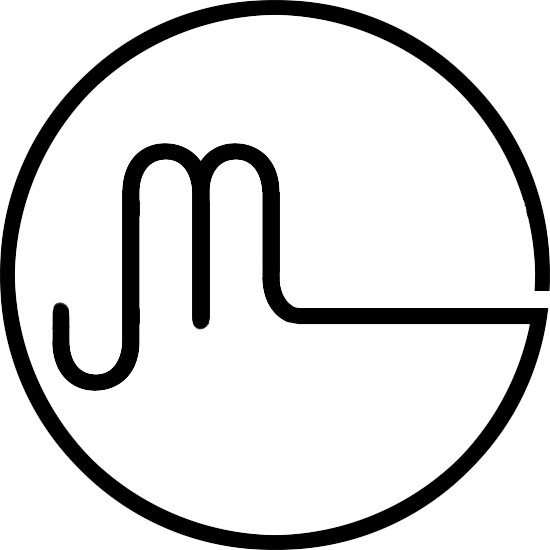Binaural Beats and the Nervous System: A Natural Approach to Nervous System Regulation
Binaural beats are an increasingly popular form of sound therapy with reported effects on brainwave activity and nervous system regulation. By using specific sound frequencies delivered separately to each ear, this technique encourages the brain to enter desired states—such as deep relaxation, improved focus, or restful sleep. For those seeking non-pharmacological methods to support nervous system health, binaural beats offer a promising avenue grounded in neuroscience.
This article explains how binaural beats affect the nervous system, what frequencies to use for specific outcomes, and where to access them safely.
What Are Binaural Beats?
Binaural beats occur when two slightly different sound frequencies are played in each ear—typically through headphones. The brain perceives a third frequency, called the “binaural beat,” which is the difference between the two tones.
For example, if a 200 Hz tone is played in the left ear and a 210 Hz tone in the right ear, the brain detects a 10 Hz binaural beat. This 10 Hz beat corresponds to the alpha brainwave range, often associated with relaxation and mental clarity.
Binaural beats are not music in the traditional sense; they are more accurately described as a form of brainwave entrainment, which gently encourages the brain to synchronize with specific frequencies.
How Binaural Beats Influence the Nervous System
The autonomic nervous system (ANS)—which regulates heart rate, breathing, and stress responses—can be modulated by shifts in brainwave activity. When binaural beats entrain the brain into specific states, the sympathetic (fight or flight) or parasympathetic (rest and digest) branches of the ANS may be influenced accordingly.
Key Effects:
Relaxation and Stress Reduction: Lower-frequency beats (alpha, theta) activate the parasympathetic nervous system, reducing stress hormones like cortisol.
Improved Focus and Cognitive Performance: Beta frequencies promote alertness and task engagement.
Enhanced Sleep and Recovery: Delta frequencies support deep sleep and nervous system repair.
Emotional Regulation: Theta rhythms can support emotional processing, creativity, and trauma recovery.
These effects make binaural beats useful for those managing anxiety, chronic stress, insomnia, and sensory dysregulation.
Recommended Binaural Beat Frequencies and Their Uses
The following ranges are most commonly used for nervous system modulation:
Delta (0.5 – 4 Hz) – Deep Sleep and Nervous System Healing
Encourages slow-wave sleep
Supports parasympathetic activation
Ideal for insomnia or chronic fatigue
🔗 Try it:
Delta Binaural Beats for Deep Sleep – YouTube
Theta (4 – 8 Hz) – Meditation, Emotional Release, and Creativity
Used in trauma therapy and deep relaxation
Enhances intuitive thinking and inner awareness
Useful for stress processing and introspection
🔗 Try it:
Theta Meditation Binaural Beats – YouTube
Alpha (8 – 13 Hz) – Relaxation and Light Focus
Promotes calm wakefulness and mild alertness
Balances sympathetic-parasympathetic tone
Useful for general relaxation and stress relief
🔗 Try it:
Alpha Waves for Relaxation – YouTube
Beta (13 – 30 Hz) – Focused Thinking and Mental Clarity
Activates the sympathetic nervous system (in moderation)
Supports attention, memory, and cognitive function
Best for study or task-related focus
🔗 Try it:
Beta Waves for Focus – YouTube
⚠️ Note: Excessive exposure to high beta frequencies can overstimulate the nervous system in people prone to anxiety.
Gamma (30 – 100 Hz) – High-Level Cognition and Integration
Supports unified sensory perception and memory consolidation
Used in some mindfulness practices and research on consciousness
Less common for everyday use but valuable for deep mental clarity
🔗 Try it:
Gamma Waves for Meditation – YouTube
How to Use Binaural Beats Safely and Effectively
To maximise the benefits:
Use Headphones: Stereo headphones are essential to deliver different frequencies to each ear.
Limit Exposure: Start with 10–20 minutes per session. Overuse can lead to fatigue or overstimulation.
Choose the Right Time: Use delta and theta before sleep; use alpha and beta during the day.
Avoid Multitasking: For safety, do not use binaural beats while driving or operating machinery.
Check for Contraindications: Those with epilepsy or serious neurological conditions should consult a healthcare provider before using binaural beat therapy.
Conclusion
Binaural beats offer a scientifically supported, non-invasive way to influence the nervous system. From encouraging restful sleep to improving focus and reducing stress, specific brainwave frequencies can guide the body into optimal states of functioning. When used thoughtfully and consistently, this form of sound therapy can be a valuable tool in any holistic health regimen.
Explore the recommended resources, start with short sessions, and consider integrating binaural beats into your broader wellness strategy—especially when combined with professional care.
Tip: The Monroe Institute is an organisation offering highly effective and restorative free meditations using proprietary audio technology including binaural beats that are worth checking out.
References
Wahbeh, H., Calabrese, C., & Zwickey, H. (2007). Binaural beat technology in humans: a pilot study to assess psychologic and physiologic effects. The Journal of Alternative and Complementary Medicine, 13(1), 25–32.
Lane, J. D., Kasian, S. J., Owens, J. E., & Marsh, G. R. (1998). Binaural auditory beats affect vigilance performance and mood. Physiology & Behavior, 63(2), 249–252.
Padmanabhan, R., Hildreth, A. J., & Laws, D. (2005). A prospective, randomized, controlled study examining binaural beat audio and pre-operative anxiety in patients undergoing general anaesthesia for day case surgery. Anaesthesia, 60(9), 874–877.
Le Scouarnec, R. P., Poirier, R. M., Owens, J. E., Gauthier, J., Taylor, A. G., & Foresman, P. A. (2001). Use of binaural beat tapes for treatment of anxiety: a pilot study of tape preference and outcomes. Alternative Therapies in Health and Medicine, 7(1), 58–63.
